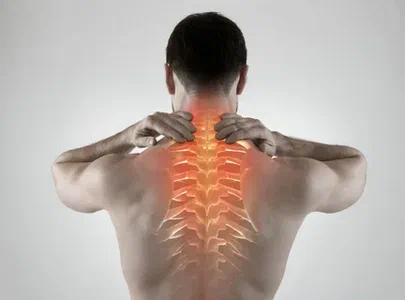In recent years, there has been a growing recognition of the benefits of integrative pain management, which combines traditional medical approaches with alternative therapies. This holistic approach aims to address pain from multiple angles, offering a more comprehensive and personalized treatment plan for individuals suffering from chronic or acute pain. By blending conventional treatments with complementary therapies, integrative pain management seeks to enhance overall well-being and improve quality of life.
Understanding Integrative Pain Management
Integrative pain management is based on the principle that pain is a complex and multifaceted experience that cannot be fully addressed by any single approach. Traditional pain management typically focuses on pharmaceuticals, physical therapy, and surgical interventions. While these methods can be effective, they often come with limitations and potential side effects. Alternative therapies, on the other hand, offer additional tools that can complement and sometimes enhance the results of conventional treatments.
Traditional Therapies
Pharmacological Treatments:
Traditional pain management frequently involves medications such as nonsteroidal anti-inflammatory drugs (NSAIDs), opioids, and muscle relaxants. These drugs can provide significant relief, but their use must be carefully monitored due to potential side effects and the risk of dependency.
Physical Therapy:
Physical therapy is a cornerstone of traditional pain management. It involves exercises and techniques designed to improve mobility, strengthen muscles, and reduce pain. Physical therapists tailor their approach based on the patient’s specific condition, aiming to address the root causes of pain.
Surgical Interventions:
In cases where conservative treatments are ineffective, surgical options may be considered. Procedures can range from minimally invasive techniques to more complex surgeries, depending on the severity and nature of the pain.
Alternative Therapies
Acupuncture:
Acupuncture is an ancient practice rooted in Traditional Chinese Medicine. It involves inserting thin needles into specific points on the body to stimulate energy flow and promote healing. Research suggests that acupuncture can be effective in managing various types of pain, including chronic back pain and osteoarthritis.
Chiropractic Care:
Chiropractic care focuses on the diagnosis and treatment of musculoskeletal disorders, particularly those related to the spine. Chiropractors use spinal adjustments and other techniques to improve alignment, reduce pain, and enhance overall function.
Massage Therapy:
Massage therapy involves manipulating the muscles and soft tissues to alleviate pain, reduce stress, and improve circulation. Various techniques, such as Swedish massage and deep tissue massage, can be customized to address specific pain issues.
Mind-Body Practices:
Techniques such as yoga, tai chi, and mindfulness meditation can play a significant role in pain management. These practices help individuals manage stress, improve flexibility, and develop a greater sense of body awareness, which can contribute to pain relief.
The Benefits of Integrative Pain Management
Holistic Approach: Integrative pain management addresses the physical, emotional, and psychological aspects of pain. By combining different therapies, it provides a more comprehensive approach to treatment that can address the root causes of pain as well as its symptoms.
Personalized Care:
This approach allows for a tailored treatment plan that is based on the individual’s unique needs and preferences. Patients have the opportunity to explore various therapies and determine which combination works best for them.
Reduced Reliance on Medications:
By incorporating alternative therapies, patients may be able to reduce their reliance on prescription medications, particularly opioids, which carry the risk of addiction and other side effects.
Enhanced Quality of Life:
Integrative pain management can lead to improved physical function, reduced pain levels, and better emotional well-being. Patients often report increased satisfaction with their overall treatment experience.
Challenges and Considerations
While integrative pain management offers many benefits, it is not without challenges. One of the primary concerns is the need for effective communication and coordination between healthcare providers. Integrative approaches often involve multiple practitioners, and ensuring that all members of the healthcare team are working together is crucial for achieving the best outcomes.
Another challenge is the variability in evidence supporting the effectiveness of alternative therapies. While many patients find relief through these methods, scientific research on some therapies is still emerging. It is important for patients to work with healthcare providers who are knowledgeable about both traditional and alternative treatments and can provide guidance based on the latest evidence.
Conclusion
Integrative pain management represents a promising approach to treating pain by combining the strengths of traditional and alternative therapies. By addressing pain from multiple perspectives and tailoring treatment to individual needs, this approach offers a more holistic and personalized path to relief. As interest in integrative approaches continues to grow, ongoing research and collaboration between conventional and complementary practitioners will be essential in optimizing pain management strategies and improving patient outcomes.



